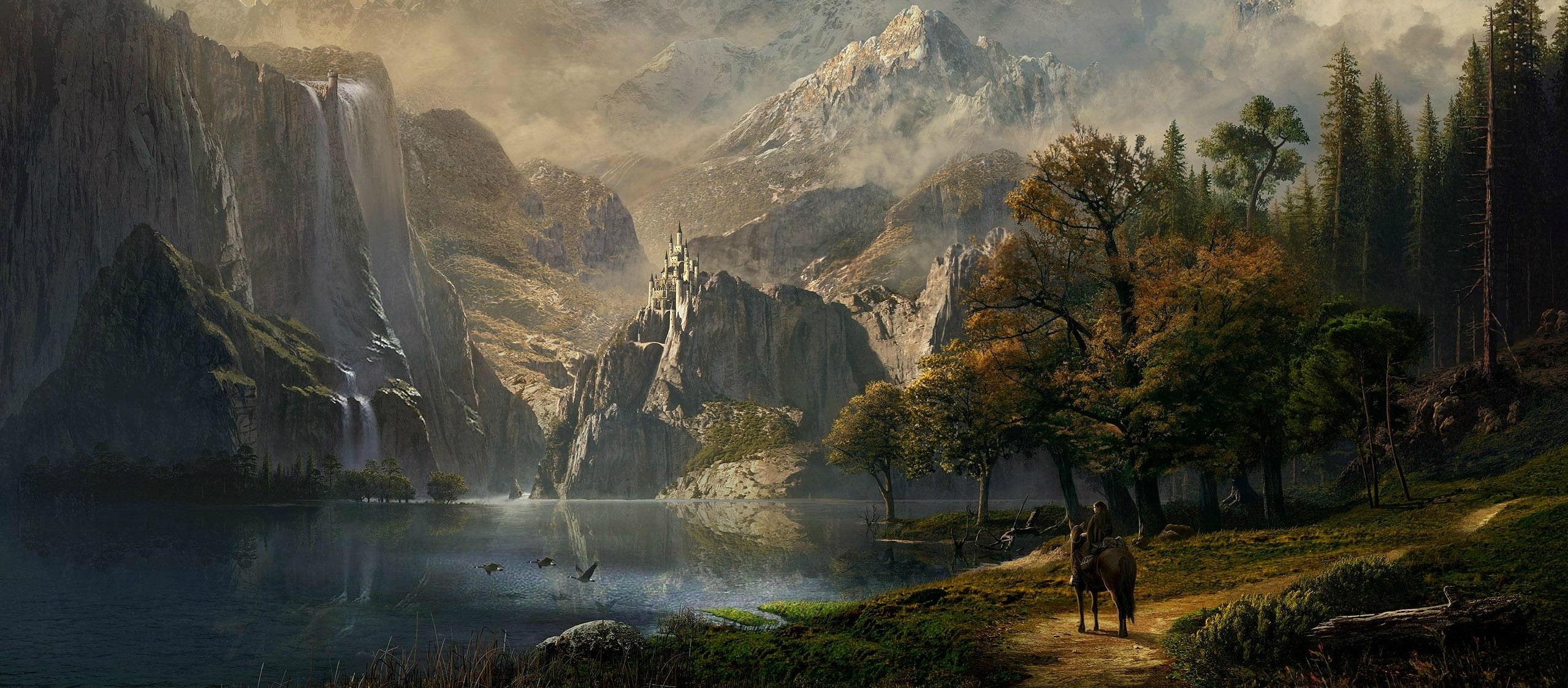The Afterdeath
The Tome teaches us precious little about what comes after death. That is not to say, however, that we know nothing. From the onset of the Book of Advent it is clear that Solun chose to create a world connected to and aware of the massive multiverse. He makes clear Unorrea's place in that universe, as one of the myriad physical planes in said multiverse. It then tends to reason that if Unorrea is part of that multiverse, then it would share some properties or beliefs.
Many peoples brought to Unorrea during the Concurrence have brought tales with them of an afterlife of higher and lower planes, where each mortal is sent to be called upon and serve forever with the God whom they chose to follow. Likewise, the inhabitants of Unorrea believe that when death comes their souls will pass on and merge with the domains of the Force's they most often served in their life.
For this reason the elves cherish trees and animals as the resting places of their loved ones, and the breezes blowing through the leaves as their voices. Dwarves carve lifelike statues of deceased friends and family out of the earth and place them in large tombs with other family members. There the dwarven people go to speak with their ancestors, beseeching their guidance and protection. And humans burn the bodies of their loved ones, releasing their life force into the sky to be with Solun himself.
Each and every people have their own cultural traditions as to what awaits them afterdeath, but the few who have crossed that veil and returned consistently claim that they have been commanded by Solun himself to keep what they have seen and experienced sacred.
Remove these ads. Join the Worldbuilders Guild



Comments